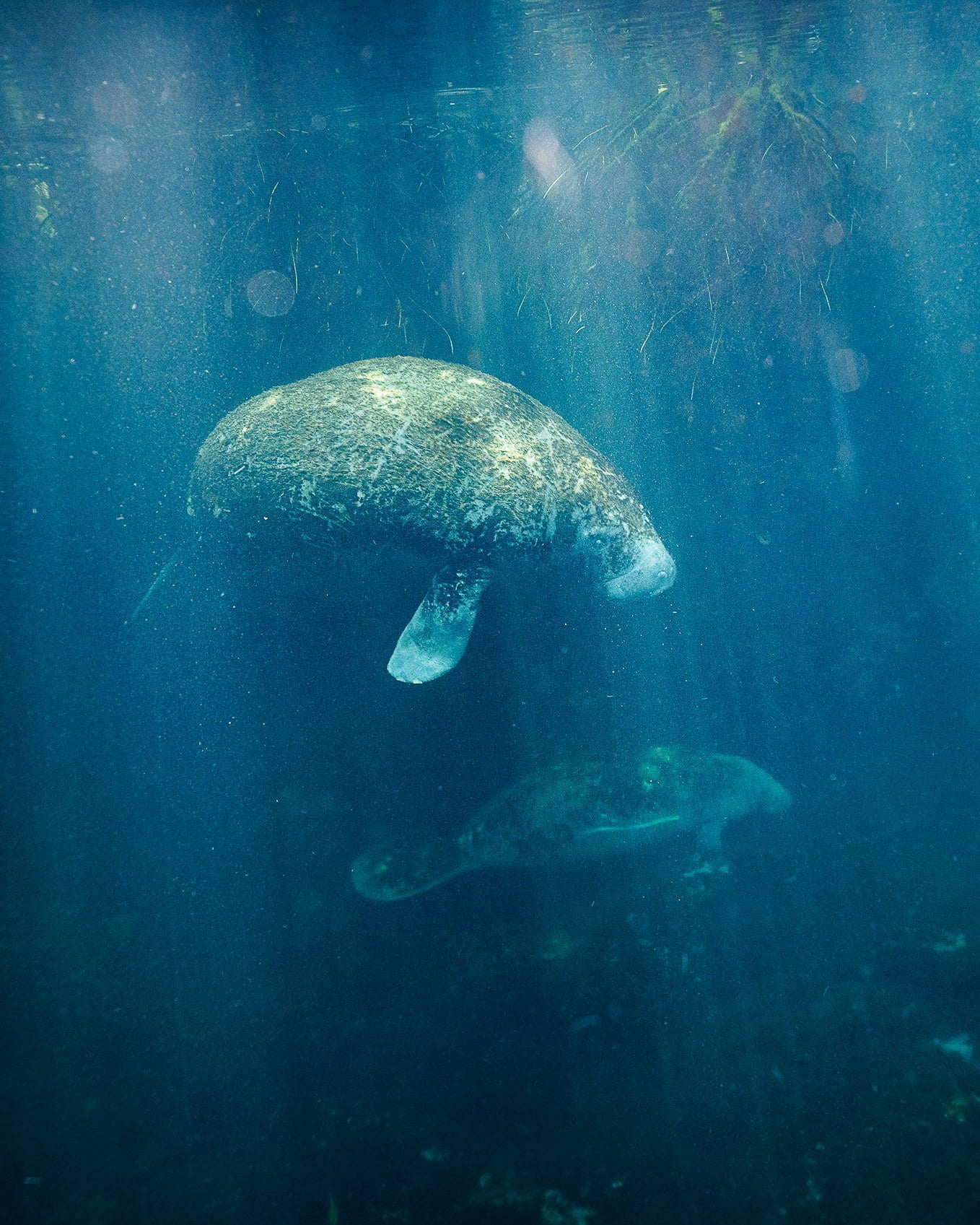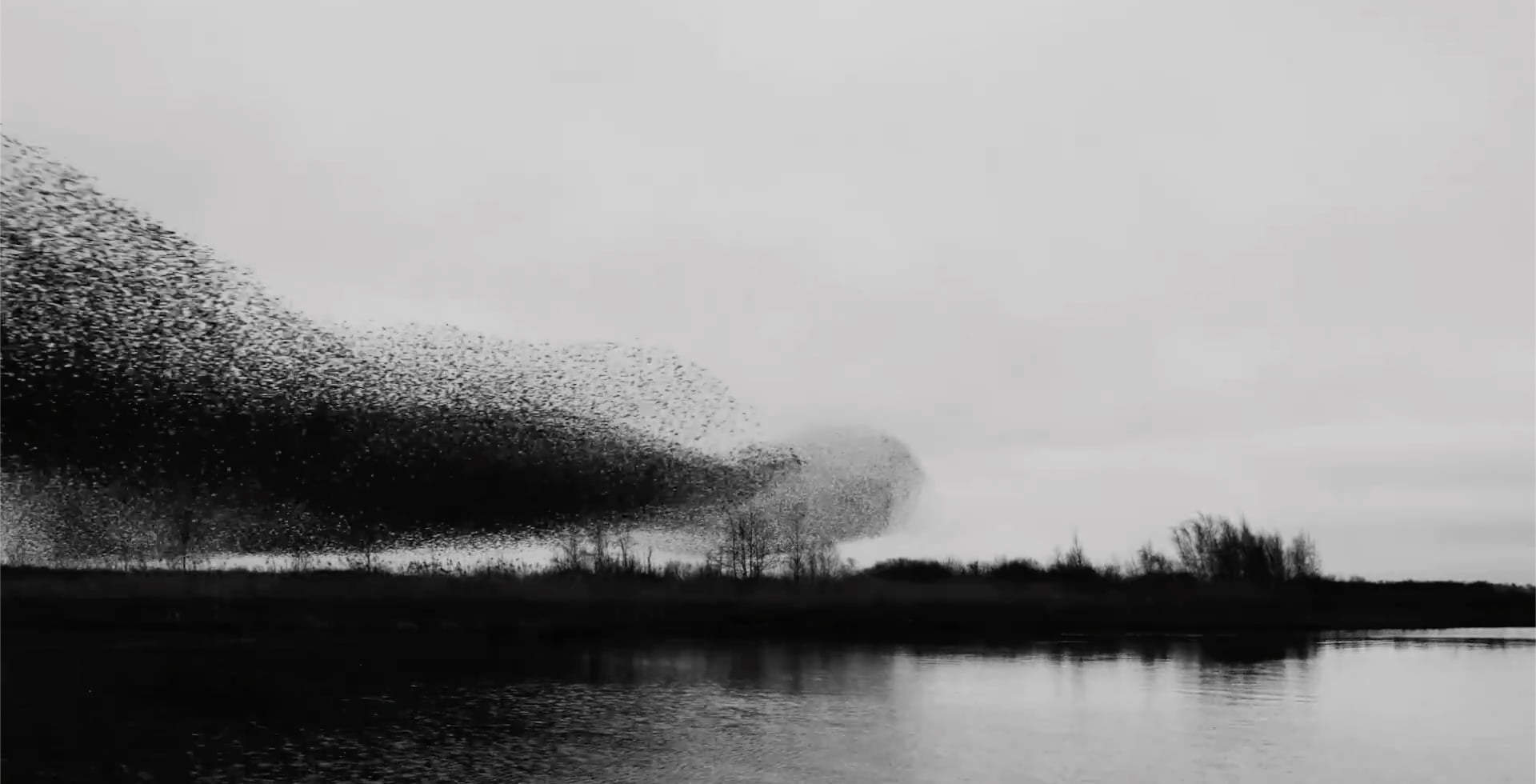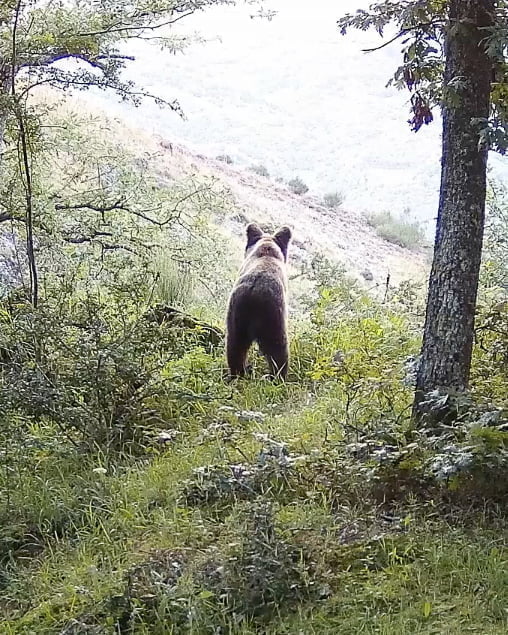In the Kalahari desert, trees are few and far between. That doesn’t stop the local weaver birds from building spectacular nests using what’s on hand: electricity poles.
In an incredible example of nature at its most versatile, a rather remarkable species called the sociable weaver bird is able to build enormous communal nests in virtually any sort of standing structure.
True to their name, these little brown birds are highly social, with each nest housing over a hundred birds. The nests can last for generations and new hatchlings stay on to help maintain the family home.
Fascinated by the relationship between humans and the environment, South African photographer Dillon Marsh dedicated an entire series to these nests in a project called Assimilation.
“We are using natural resources to our benefit, but in return, nature is also capable of using us to its advantage”
“I was struck by how these nests seem to defy reality. They often look way too big to be perched comfortably on the thin telephone poles. They also look like creatures themselves: their thatch resembles fur and their mass falsely implies hidden muscle and bone,” he says.
“For me this phenomenon highlights the fact that humans are not the only creatures capable of creative adaptation. We are using natural resources to our benefit, but in return, nature is also capable of using us to its advantage. I feel that this is a humbling realisation, and it can help us better appreciate the world around us.”

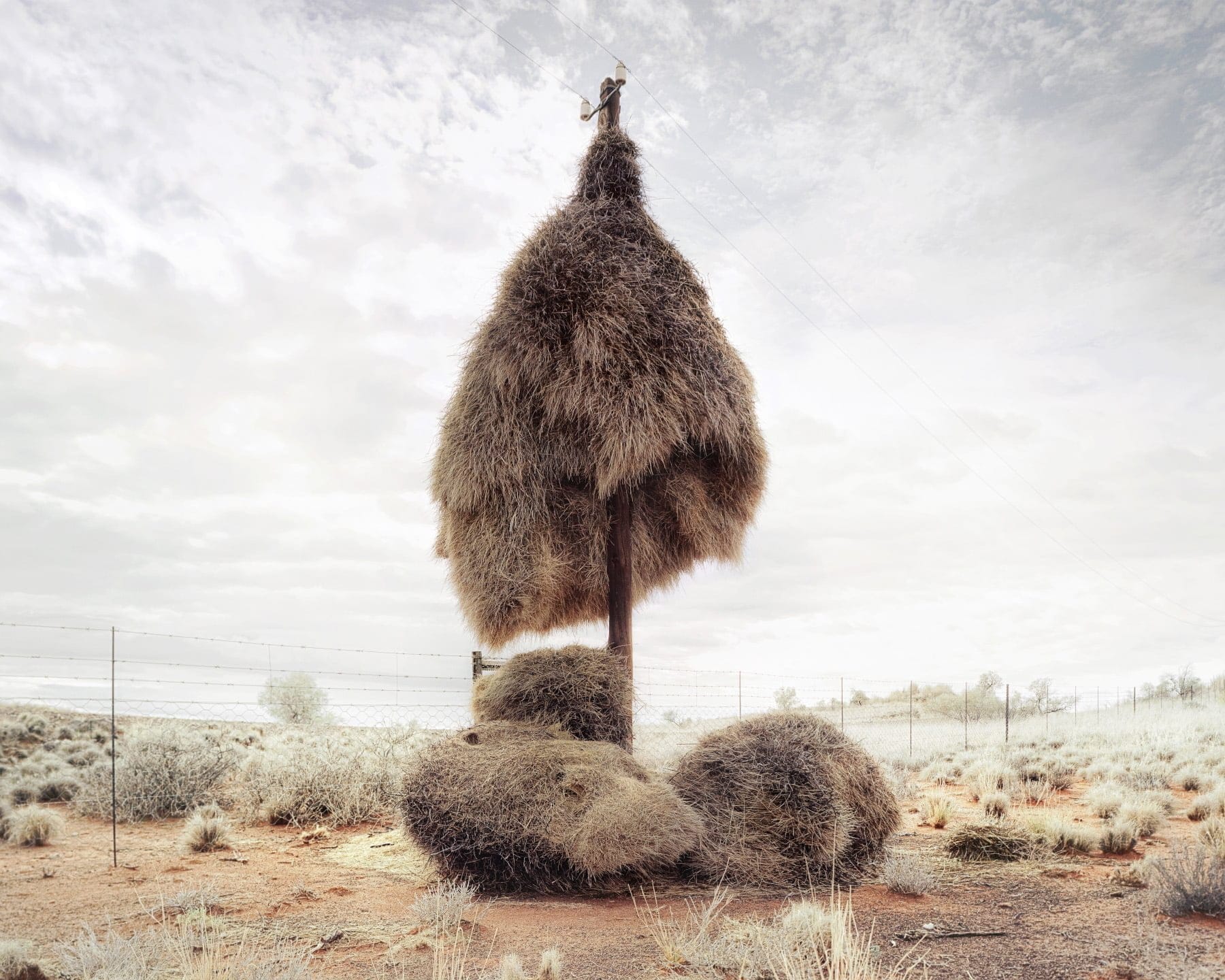


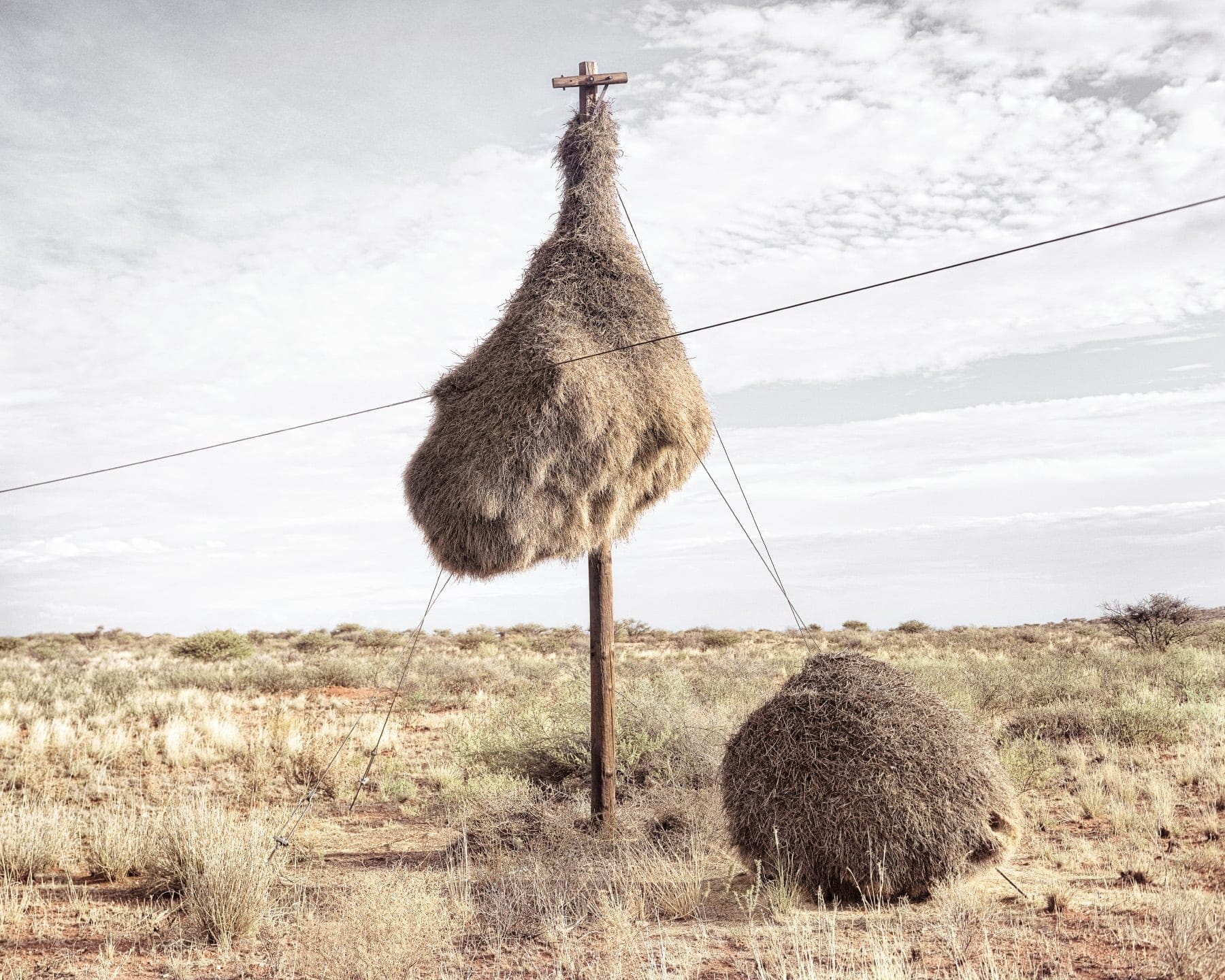

Discover more
From the effects of copper mining on the landscape to photos zooming in on the alienesque beauty of seeds, Dillon Marsh continues to capture the processes – human and natural – that surround us.
Click here to see moreBecome a member
We’re able to tell stories like this because of people like you. Join others from around the world in supporting Imagine5’s mission towards a sustainable future. Join today and receive our latest magazine for free.
Join nowAmazing birds and beasts

